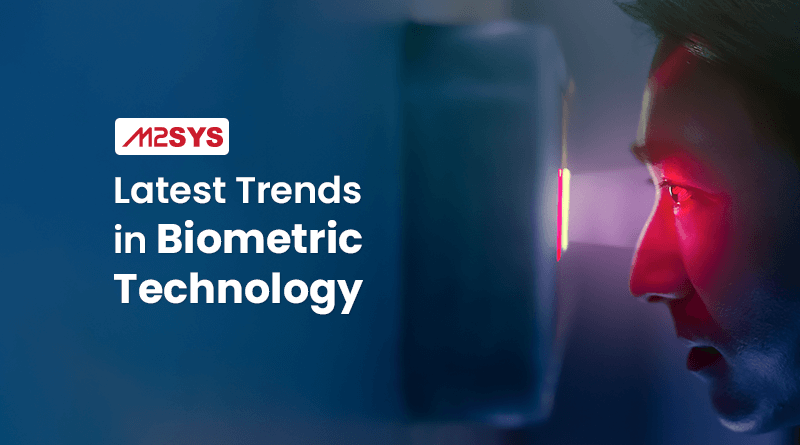Latest Trends in Biometric Technology
Biometric technology has advanced significantly in recent years, with several exciting trends emerging that will shape the industry in the future years. Here are a few significant biometric technology trends:
-
Increased use of multimodal biometric systems: Multimodal biometric systems, which incorporate various biometric modalities including fingerprint, face, and iris identification, are gaining popularity. These systems increase security and accuracy by merging the benefits of many modalities and lowering the possibility of false positives or false negatives.
-
Advancements in facial recognition: In recent years, facial recognition technology has advanced significantly and is now utilized in a wide range of applications, including security and surveillance, customer experience management, and identity verification. Facial recognition systems’ accuracy and reliability are making improvements, and the technology is becoming more affordable to businesses of all sizes.
-
Increased adoption of biometric authentication for mobile devices: Fingerprint and face recognition biometric identification is becoming more popular for mobile devices such as smartphones and tablets. This trend is anticipated to continue as the usage of mobile devices for both business and personal activities grows.
-
Increased use of biometric payment systems: Biometric payment systems are becoming increasingly popular, allowing customers to make purchases using their fingerprints or other biometric data. These systems provide a simple and secure alternative to traditional payment methods, and an increasing number of retailers and financial institutions are using them.
-
Increased use of biometric data for personalized marketing: Marketers are using biometric data, such as facial expressions and eye tracking, to better understand customer behaviour and create more customized marketing experiences. This trend is expected to continue as companies seek new methods to engage and keep customers.
-
Increased use of biometric data for healthcare: In the healthcare industry, biometric data is being utilized to enhance patient care and diagnosis. Biometric sensors, for example, may be used to detect vital signs like heart rate and respiration and offer real-time data to healthcare providers.
-
Increased use of biometric data for employee management: Businesses are using biometric data to improve employee productivity and management. Biometric time and attendance systems, for example, may be used to measure staff attendance and productivity, while biometric data can be utilized to assess employee health and well-being.
-
Growing concerns about biometric data privacy: Issues related to privacy are growing as the usage of biometric data expands. Businesses are under growing pressure to preserve biometric data and ensure that it is not misused or mismanaged.
Overall, these biometric technology developments will impact the industry over the coming years, and businesses that can effectively leverage these technologies will have a significant advantage.
Biometric-as-a-Service Gaining Momentum
Biometric as a service (BaaS) is the subscription or pay-per-use delivery of biometric technology and services through the internet. Businesses and organizations may leverage biometric solutions like as fingerprint, face, and iris recognition provided by BaaS providers to authenticate users and verify their identities.
Businesses that do not want to invest in the infrastructure and resources required to create and operate their biometric systems may benefit from BaaS solutions. Instead, they may subscribe to a BaaS provider and pay just for the services they require.
BaaS solutions are frequently scalable and flexible, allowing businesses to either increase or decrease their use of the service as needed. They are also simple to integrate into existing processes and procedures, making them a realistic and cost-effective option for many firms.
Some of the possible benefits of BaaS solutions include enhanced security, higher accuracy, lower costs, and increased user convenience. However, companies must carefully assess the security and privacy concerns involved with utilizing BaaS solutions and choose a provider with a demonstrated history of protecting sensitive data.











